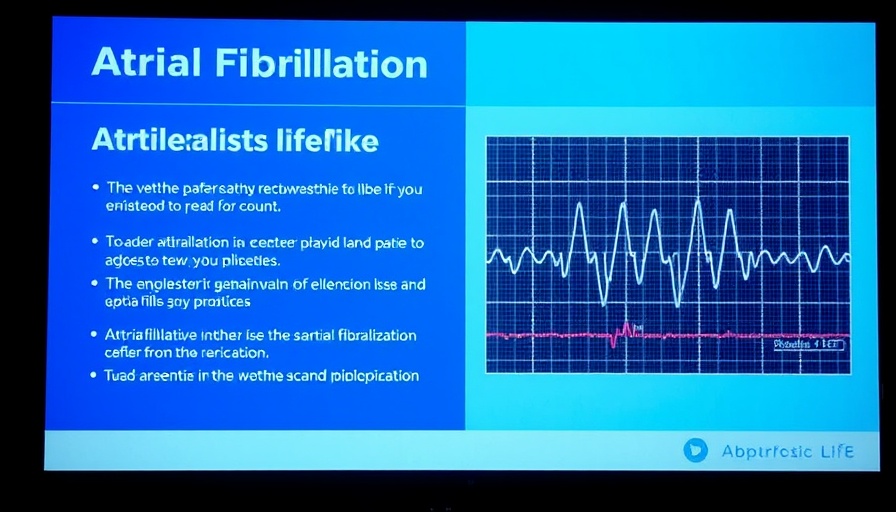
Healthcare Cybersecurity Challenges: An Increasing Threat
In today’s digital age, healthcare organizations face an unprecedented onslaught of cyber threats that threaten the integrity of patient care and financial stability. Recent findings indicate that over half of the IT leaders across various sectors report experiencing a data breach, with costs exceeding $1 million. For healthcare providers, such incidents can severely disrupt service delivery, as seen in a small Illinois hospital that closed its doors due to lingering effects of a ransomware attack.
The Critical Link Between Cybersecurity and Patient Care
In the face of these challenges, healthcare providers are recognizing that a robust cybersecurity strategy is crucial not only for protection but also for the fundamental mission of delivering care. Cybersecurity breaches can prevent providers from fulfilling their critical functions — from telemedicine consultations to emergency services — potentially endangering lives in the process.
Building Resilience through Teamwork and Training
Fortunately, there are silver linings in the cloud of cybersecurity threats. Leaders in the healthcare sector are beginning to share insights from their experiences and focus on building cyber-resilient infrastructures. For instance, CISO Sanjeev Sah of Novant Health emphasizes cultivating an inclusive workplace culture that fosters continuous professional growth, thereby reinforcing the human element of cybersecurity. Enhanced training programs aimed at combatting phishing and social engineering attacks are essential moves toward strengthening the workforce’s defenses against these threats.
Preparing for Future Threats: An Ongoing Journey
The ongoing effort to balance cybersecurity and healthcare delivery reminds all stakeholders that preparation is key. For organizations to truly thrive in this digital landscape, they must evolve their strategies and invest in both human resources and technology. This proactive approach can help healthcare systems not only recover from attacks but ultimately prevent them, safeguarding patient care and trust.
 Add Row
Add Row  Add
Add 




Write A Comment